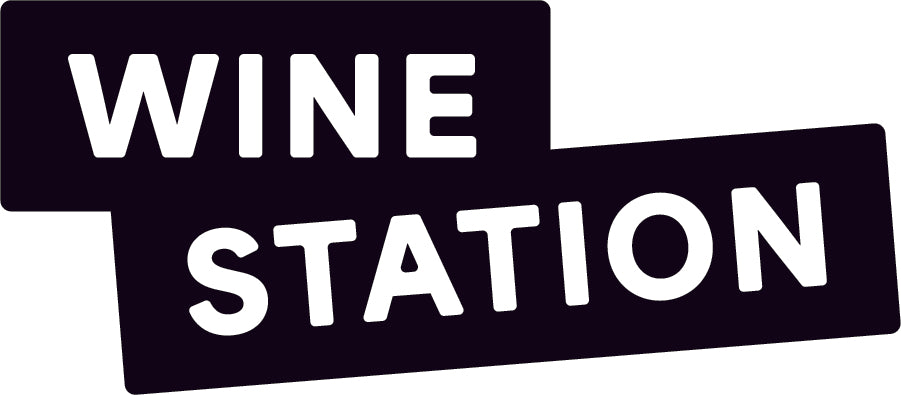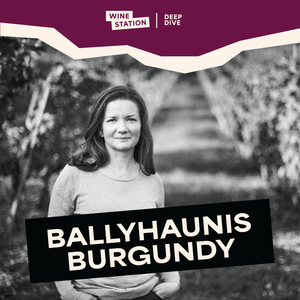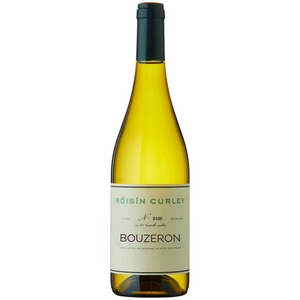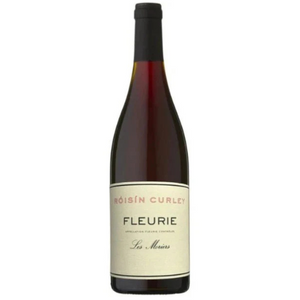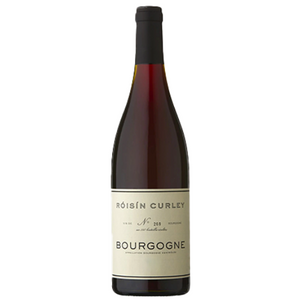CHIANTI CLASSICO
WHAT'S WITH THE ROOSTER?
Many people mistakenly still associate Chianti Classico with being a light and characterless wine that came in the traditional wicker basket. This wicker basket by the way is called a fiasco in Italian - an apt description of the juice contained therein. Going even further back, they used to seal the wine with olive oil rather than cork.
More recently though, Chianti was such a volatile proposition because of its appellation laws, the most ludicrous stipulating that a certain amount of white grapes must be used in the blend. (These archaic and inappropriate laws were partly what fuelled the Super Tuscan movement - but that is for another day).
Eventually, responding to pressure from ever-increasingly exasperated producers, the consorzio put in place new production laws to guarantee quality for the consumer. Chianti Classico has also implemented 'zonation' and now the terroir-led characteristics for the various villages have come to the fore, moving CC away from the old Rioja-style homogeneous production, toward a more nuanced Burgundian vineyard-based system.
RDM is in the old village of Giaole (famous for more full bodied wines) in Chianti Classico and is named after a 7th Century castle. The Ricasoli's, the family behind this wine, have lineage that dates back to the creation and original recipe for Chianti Classico. Marco Ricasoli, descendent and current winemaker at Rocca is one of Italy's leading wine makers. Thoughtful and softly spoken, he quietly seeks and achieves excellence every year no matter what the vintage throws.
San Marcellino is the site of the original Chianti Recipe. There is a wonderful freshness and elegance imbued to the wines, even though they pack one hell of a punch. With at least two years in oak and two years in bottle before release, they see more maturation even than Brunello. There is a dollop of Pugnitello added to the blend, a super-rare indigenous variety nearly exclusive to the vineyard. These are jaw-droppers, the equal of any top cuvee in the region.
CHIANTI CLASSICO & THE ROOSTER...
Chianti is the region within Tuscany. Classico refers to the original, ancient area upon where production centred. Ever notice the black cockeral of the bottle? Well! Florence and Siena were fueding over boundaries. They agreed to decide by each sending out a horseman at the crack of dawn, wherever they met would be the territorial boundary. To wake their horseman, the Sienans used a fat white cockeral. The Florentines on the other hand, starved a black rooster and used it. It was so hungery, it woke early and Florence got the lions share of the territory.
Chianti Classico must be a minimum 80% Sangiovese, the most contain more than that and many are 100% Sangiovese is marked by it's drying, dusty tannins, making it an excellent food wine, as these tannin seem to clear up the palate. High acid and tannins make it great for aging and their is a huge spectrum of tastes and flavours, but as mentioned already, it is NOT the insipid drink of yesteryear.
Brunello is the famous 100% expression of Sangiovese produced in the town of Montalcino. The wine sees a minimum of 4 years of aging before release and Brunelli are some of the most sought after and expensive wines in the world.
Chianti Classico is one of the last bastions of value in the world of fine wine. The regulations and improvement that have been implemented this century have represented a quantum leap forward.
Like all fine wines, site and terroir is very important. There are 9 villages within the Classico zone that have their own character (e.g. DRM is Gaiole - making heavier, richer wines).. Chianti (no classico) is made according to less strict regulations and outside these 6 villages.
The classification is easy. Standard Classico requires 12 months oak age, Riserva requires 24 and Gran Seleziones requires 30 months of aging, estate grown fruit and is subject to approval by a tasting panel (what could possibly go wrong there in Italy?). This tier debuted in 2010 and has been controversial, but is starting to find its way now.
Barolo is a headline grabber in Italian wine. Perhaps Chianti Classico's good value comes from the fact that Brunello vies with Barolo for Italy's most celebrated expression and Chianti Classico plays Sangiovese's second fiddle. Whatever the reason, nothing lasts forever. Enjoy the opportunity to buy fine, terroir-led wines while you can.
